Guest writer: Anna Nilsson Spets
When the creator of the earth created trees, he created the palm tree, the flame tree and the baobab tree. The baobab tree saw its reflection in the lake and went to the creator to complain about its appearance.
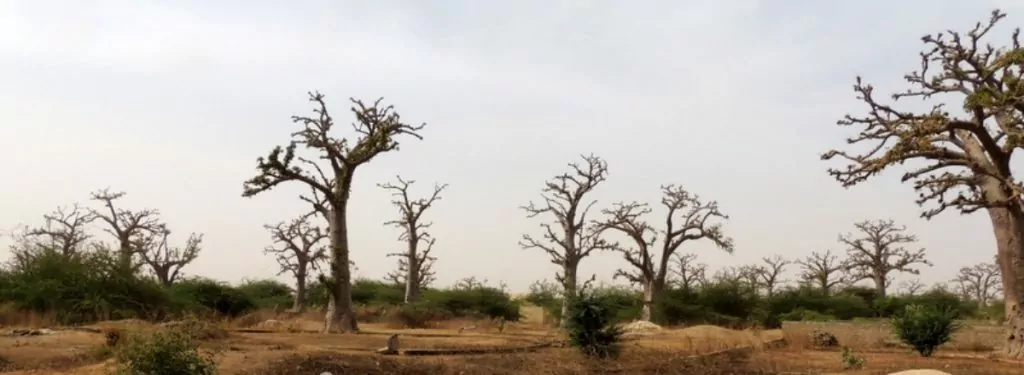
- Why don't I have delicate leaves like the palm tree or beautiful flowers like the flame tree?" he complained.
The creator then got angry and pulled the baobab tree out of the ground and planted it upside down, which is why the crown of the tree looks like its roots.
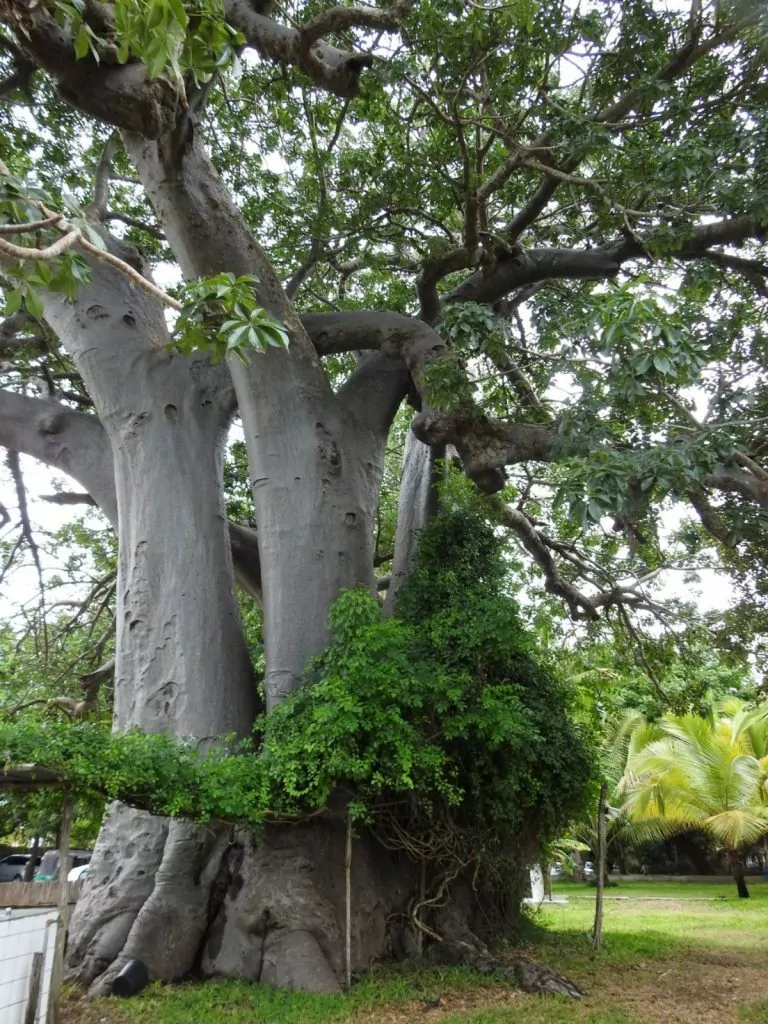
This legend and many others make the baobab tree extremely exciting. It is said that there are at least 300 different ways to use the different parts of the baobab.
I've petted baobab trees in several countries in Africa, and it's not without a sense of reverence and actually a bit of magic. Every country, every village or tribe has its own stories.
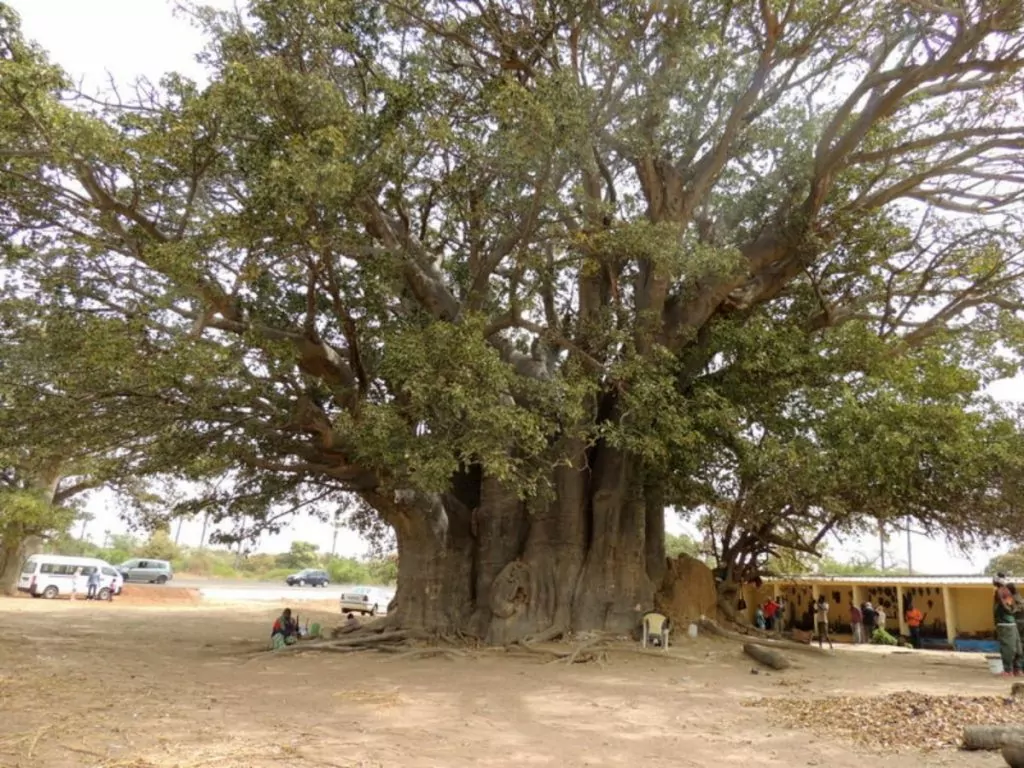
Baobab, botanical name Adansonia, is found on two continents; Africa and Australia. There are eight different species, one species originates from Australia, six species from Madagascar and the last species originates from East Africa.
The tree can reach the height of 30 metres and the circumference of the trunk also around 30 metres.
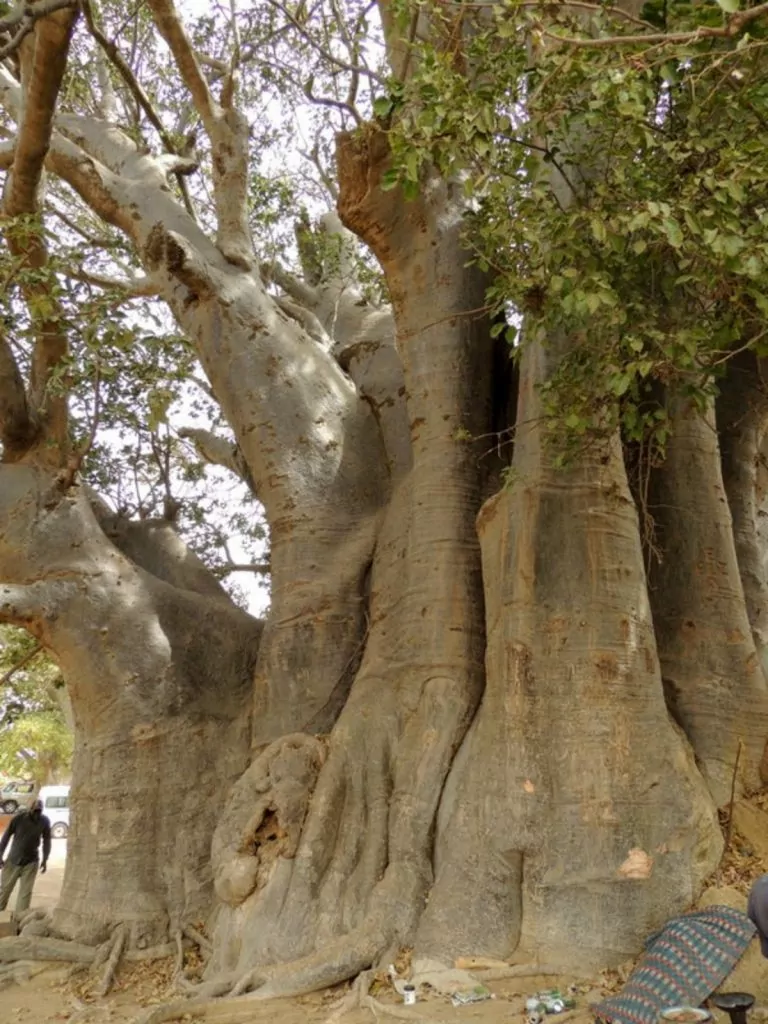
The thickest trunk to date was in South Africa; 47 metres. With age, the trunk is hollowed out and becomes completely hollow.
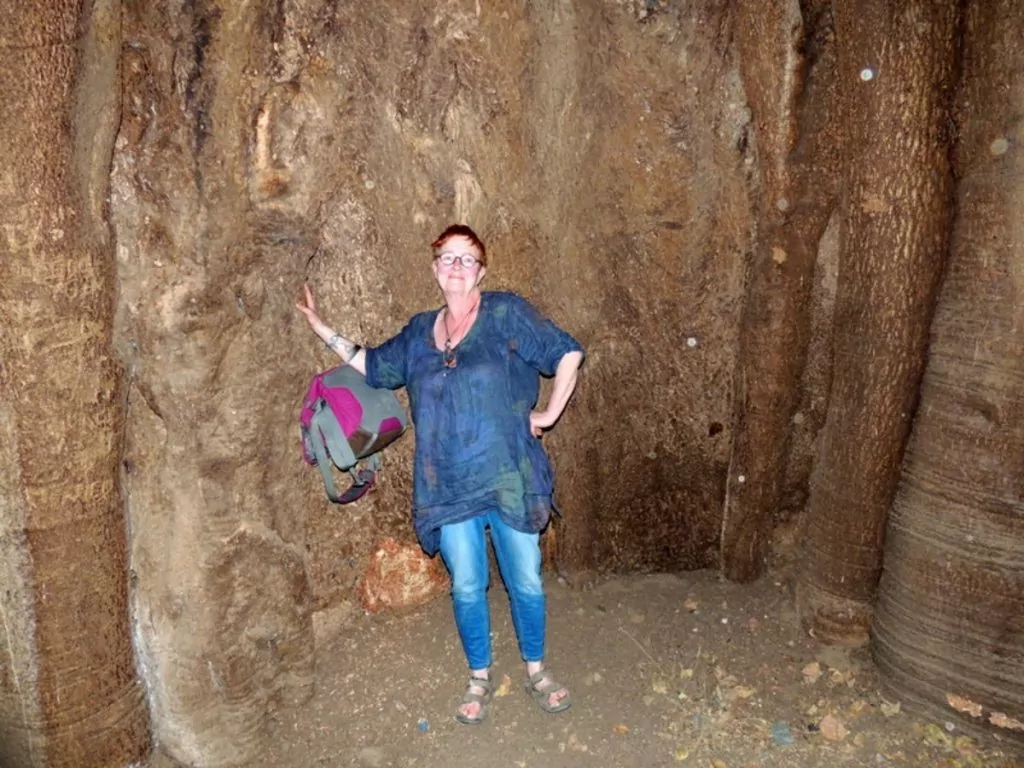
You can compare this tree to a kind of succulent, it can store up to 1200 litres of moisture in its trunk. The trunk has no annual rings so the age has to be determined by the carbon 14 method, but they can be over a thousand years old. Amazing.
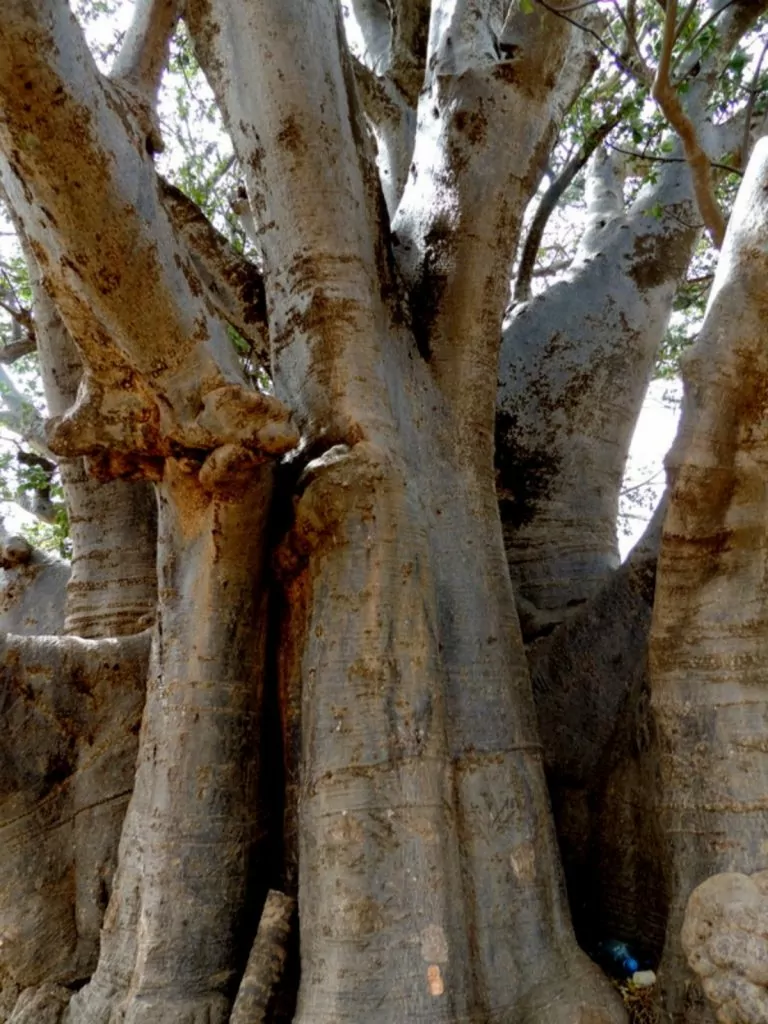
The bark is smooth and glossy, and the bark fibres are used to make baskets, ropes, mats and instrument strings. From the bark and leaves, local medicines are made to cure malaria, stomach problems and toothache.
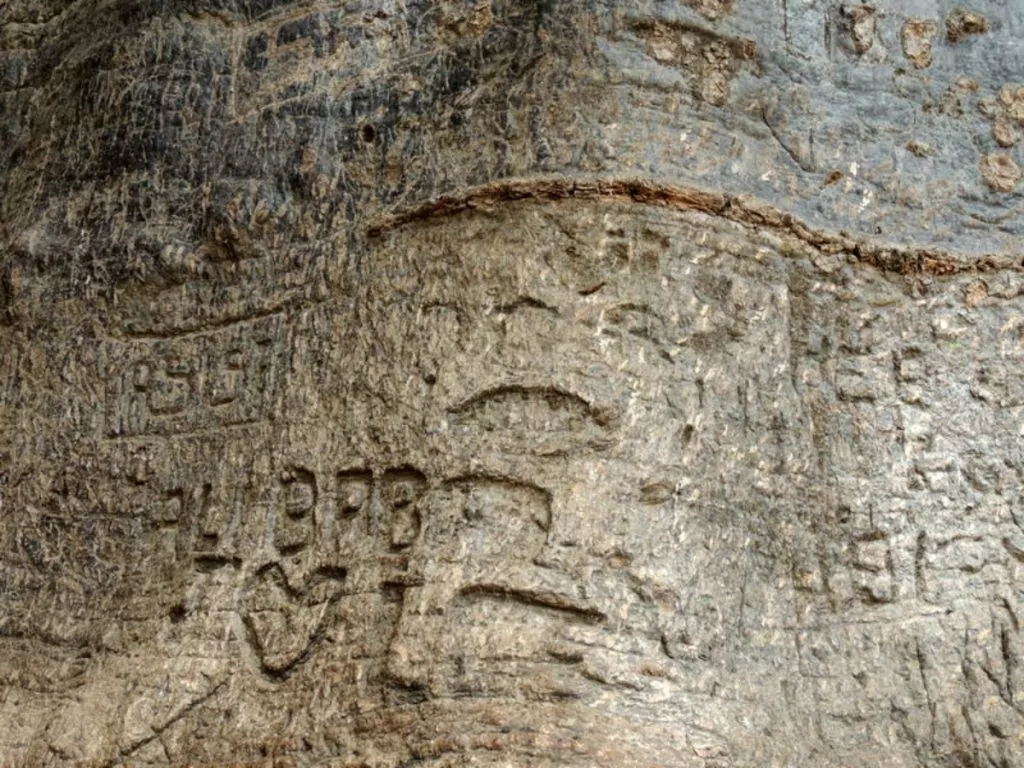
During the dry season, the trees are visited by elephants, which draw moisture from the interior of the trunk. A red dye is extracted from the roots.
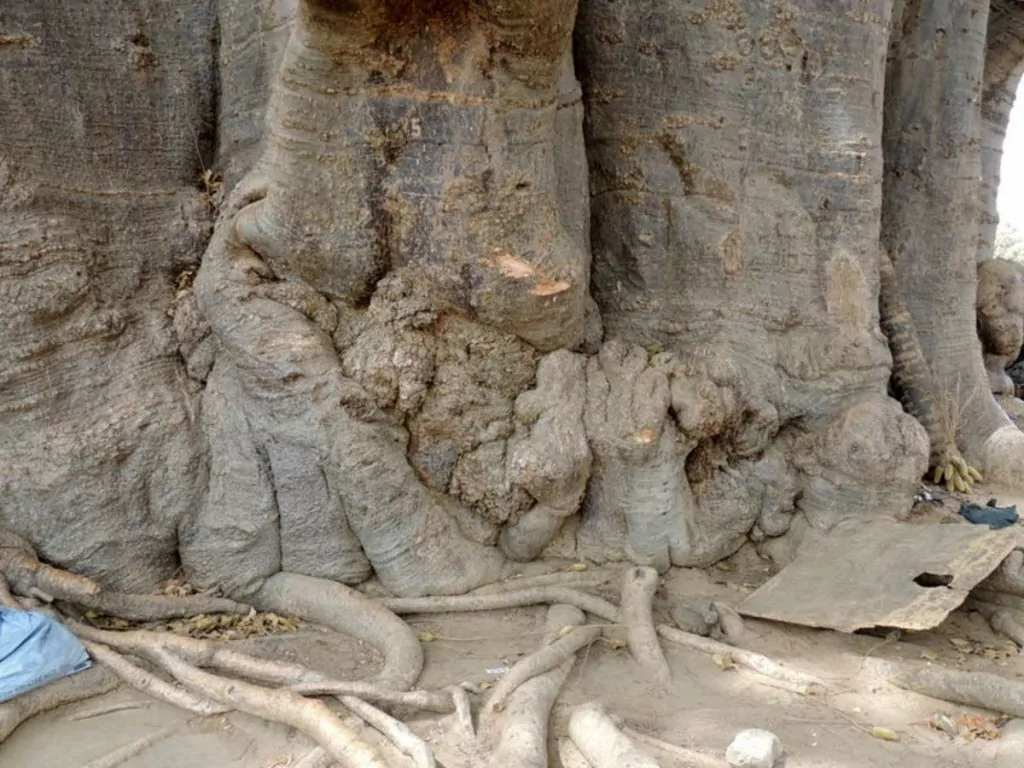
After winter, the leaves burst out, many animals take refuge in the crown and the hollows of the trunk. Owls, reptiles and bats. The baobab has many names, one of which is the monkey bread tree, as baboons are particularly fond of the fruit.
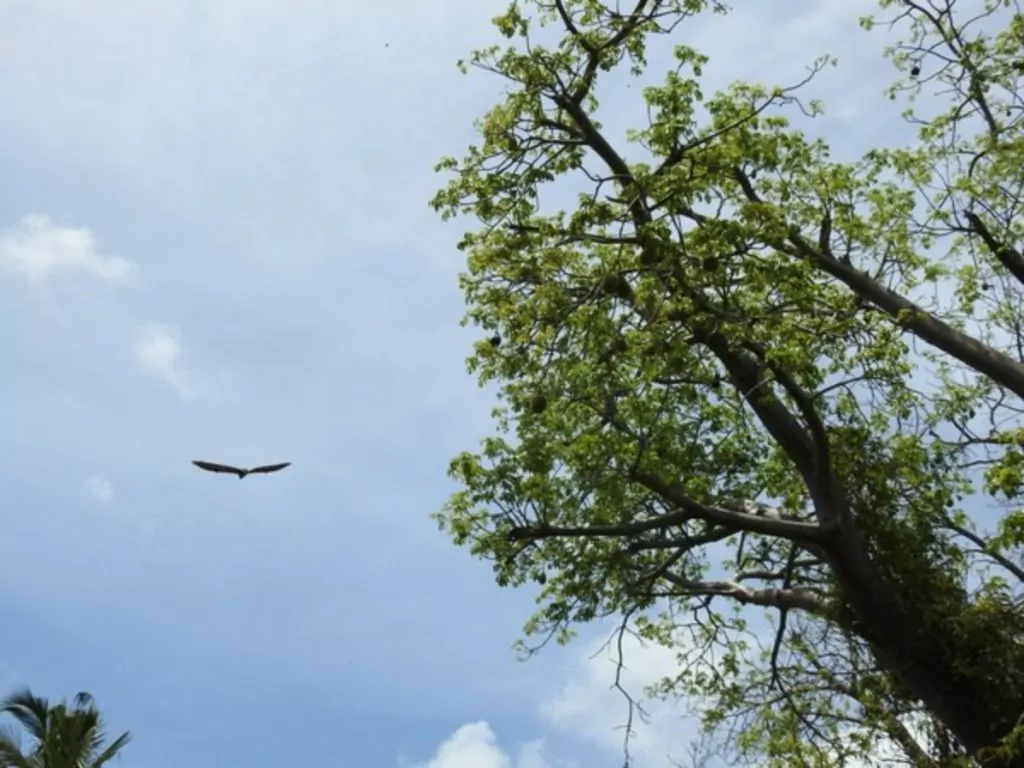
The leaves have five to seven fingers and the underside is hairy, the leaves are picked, cooked and eaten like spinach. During the dry season of around 9 months, the tree is completely cold and takes on its characteristic ghostly appearance.
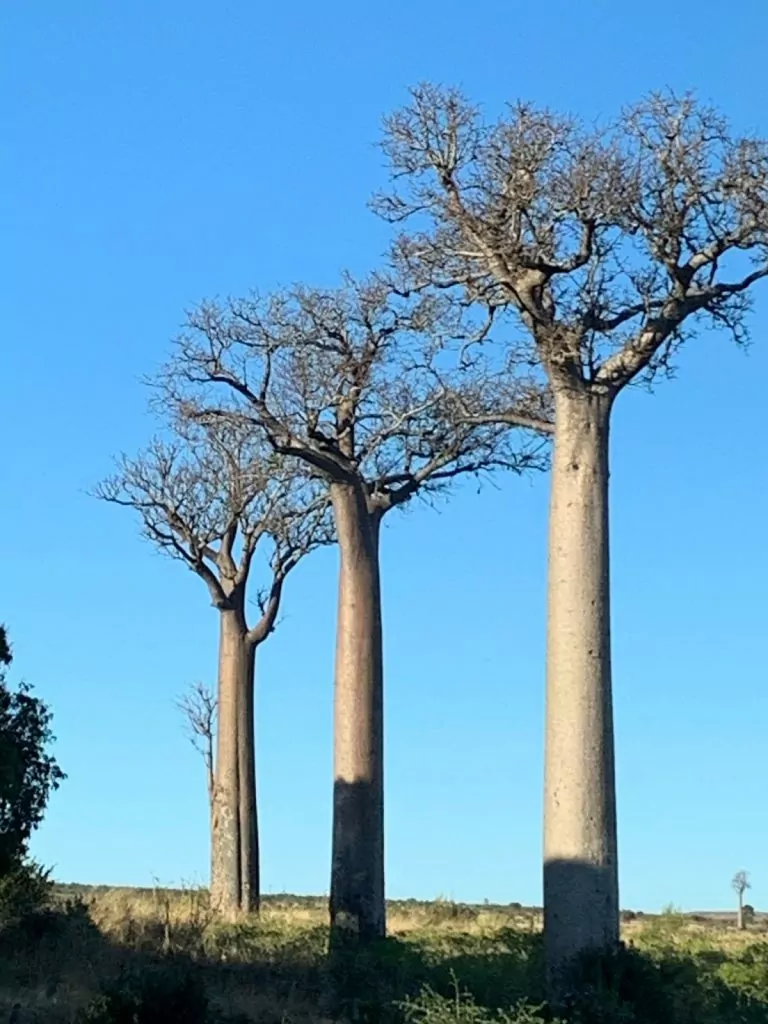
The flowers are palm-sized, white in colour and bloom at night. It is said that if you pick these you will be killed and eaten by lions.
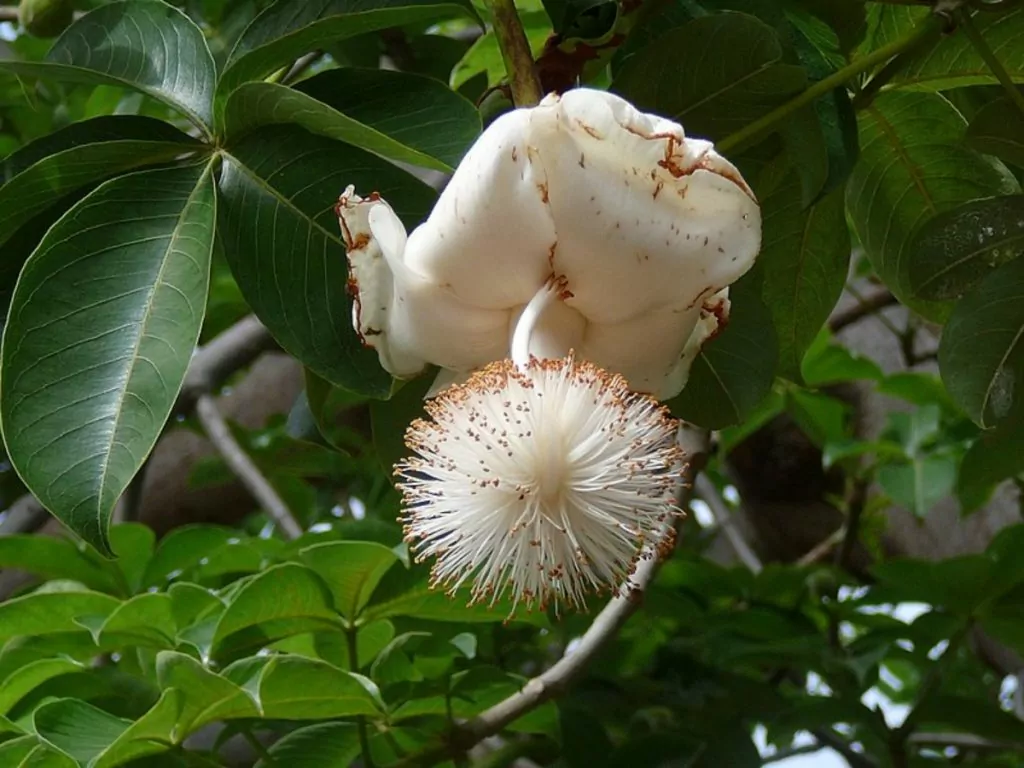
Pollination is done by bats, which also nest in hundreds inside the hollow trunk.
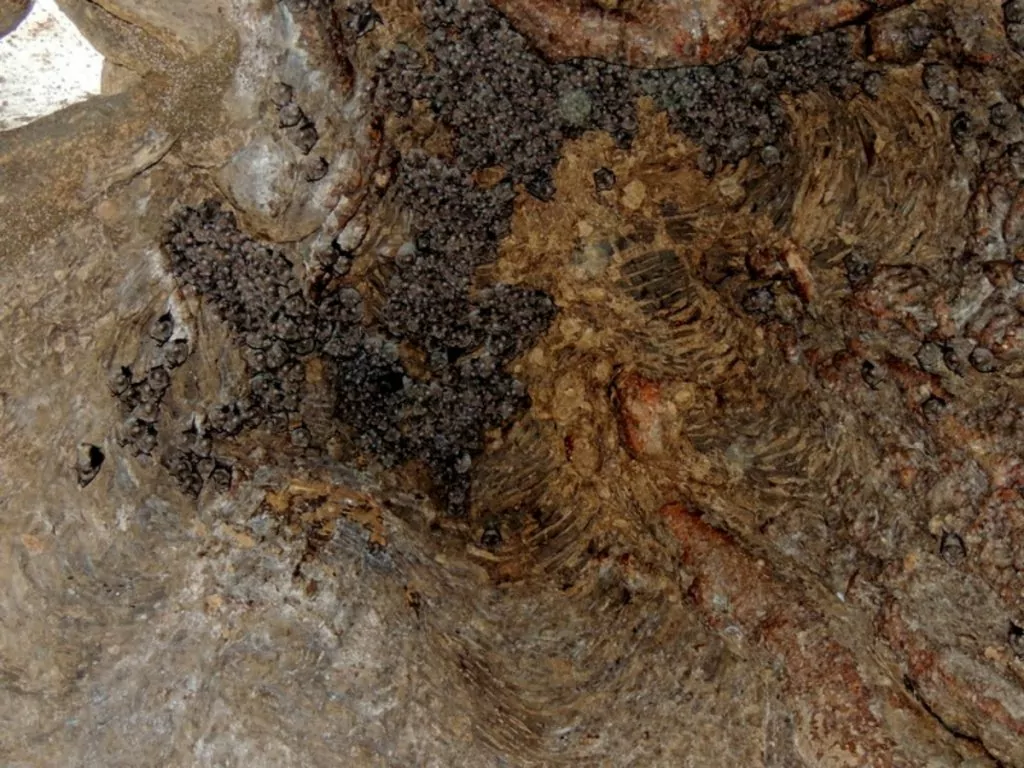
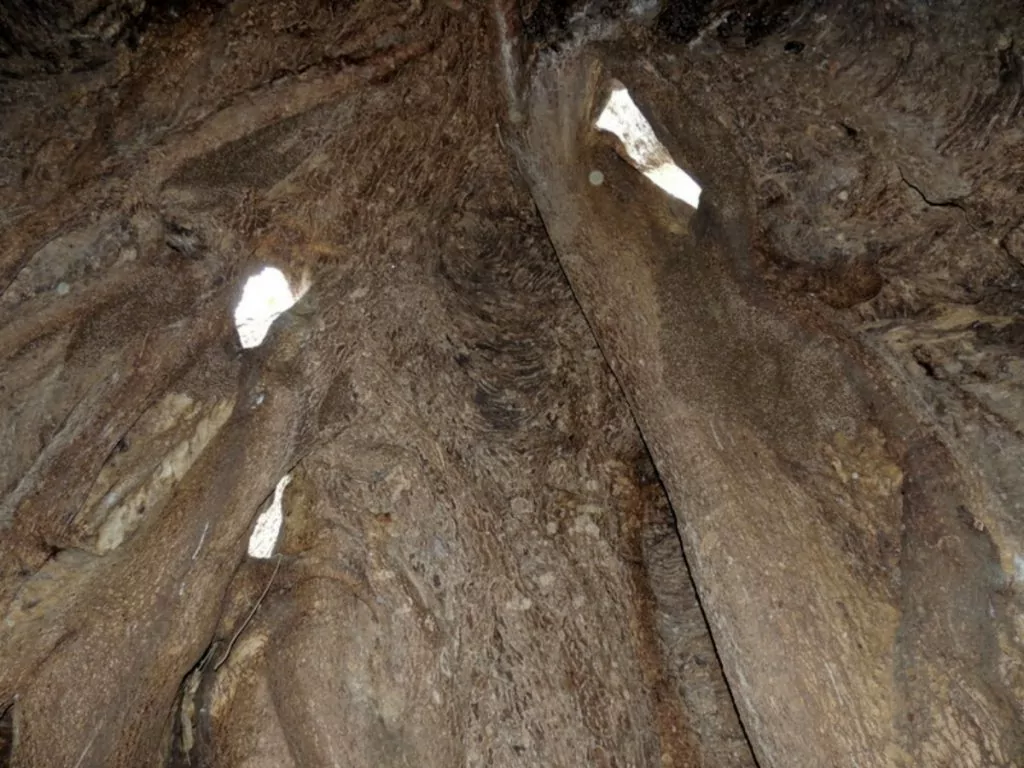
Dead rats tree is also a nickname, referring to the fact that the fruits look like dead rats. The young velvety fruits can be cooked, while older fruits have a very dry pulp that mixes with water to make a fresh drink that tastes like lemon and yoghurt.
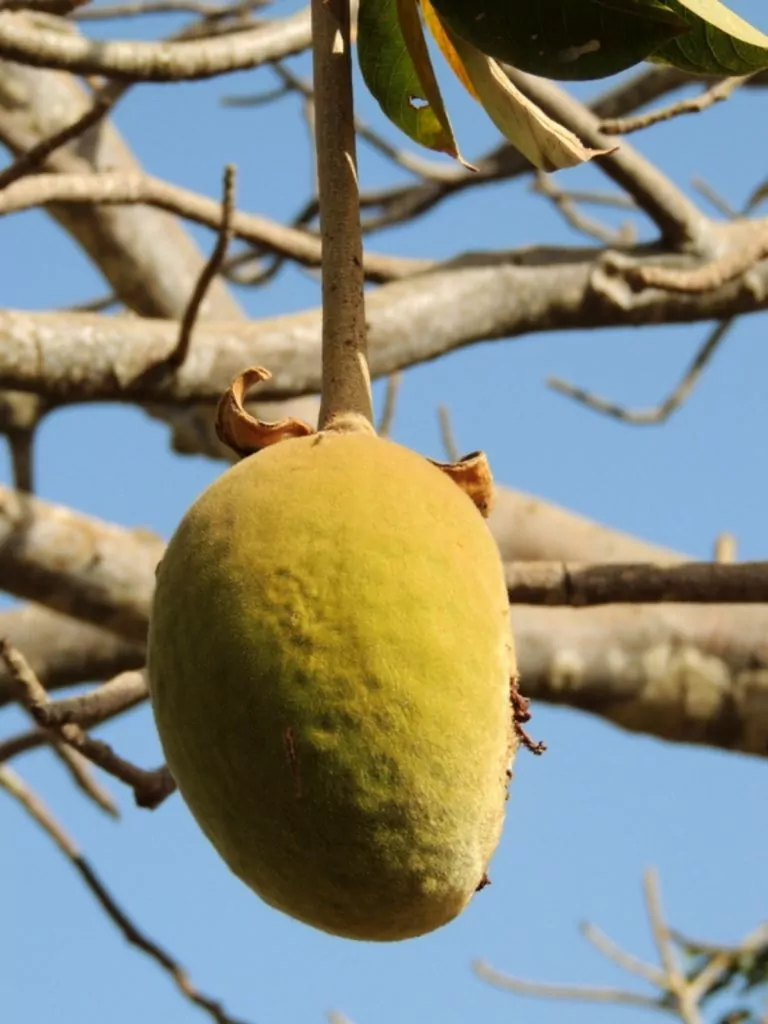
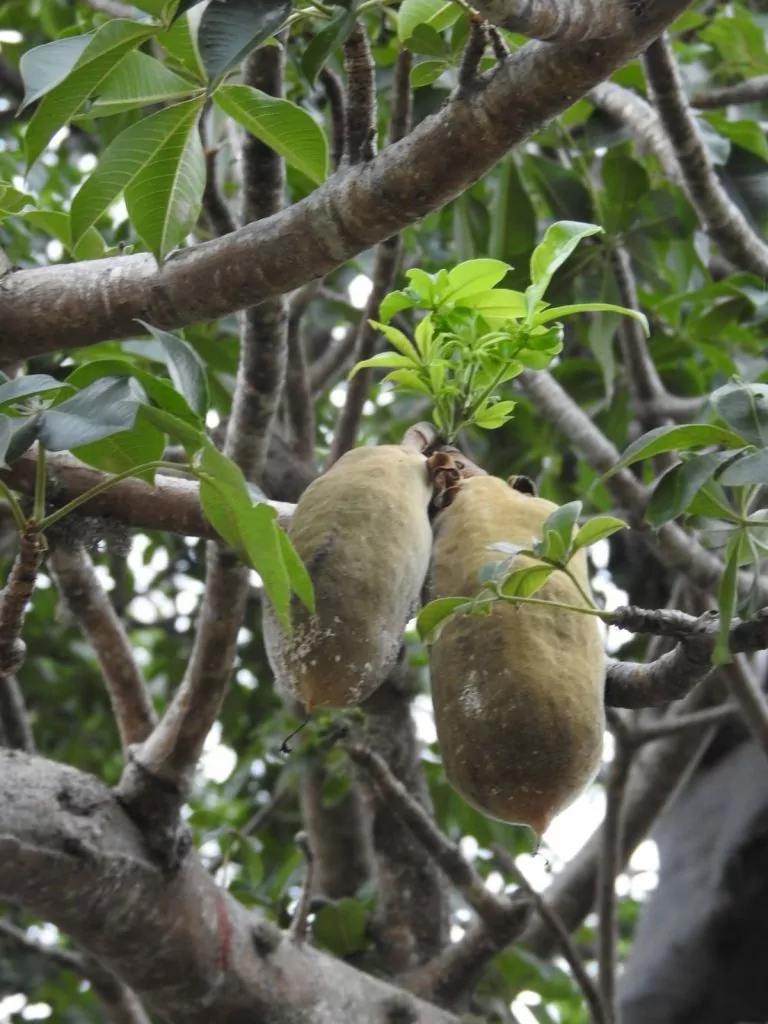
They are packed with vitamins, antioxidants and other good stuff. And hold on to your hat, you can brew beer from the fruit too! You can tell that the fruit is ripe by shaking it; the seeds rattle inside.
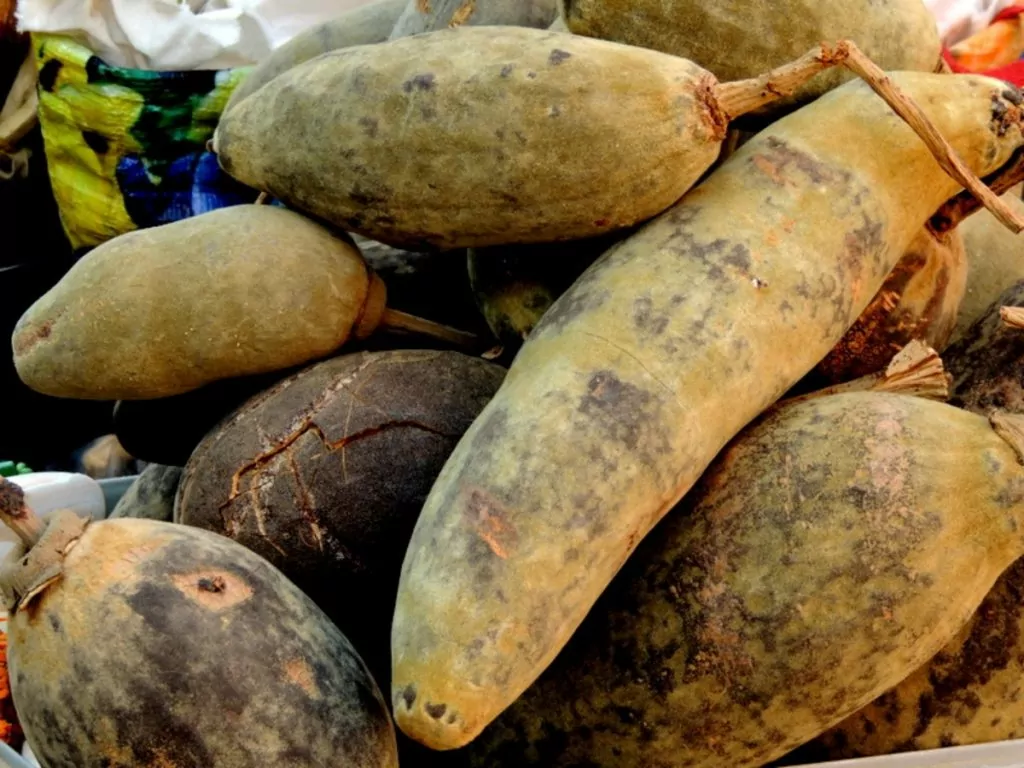
The seeds are roasted and used as a coffee substitute. The oil can be extracted from the seeds and this oil is included in folk medicine and local beauty products. Or grow new trees of course.
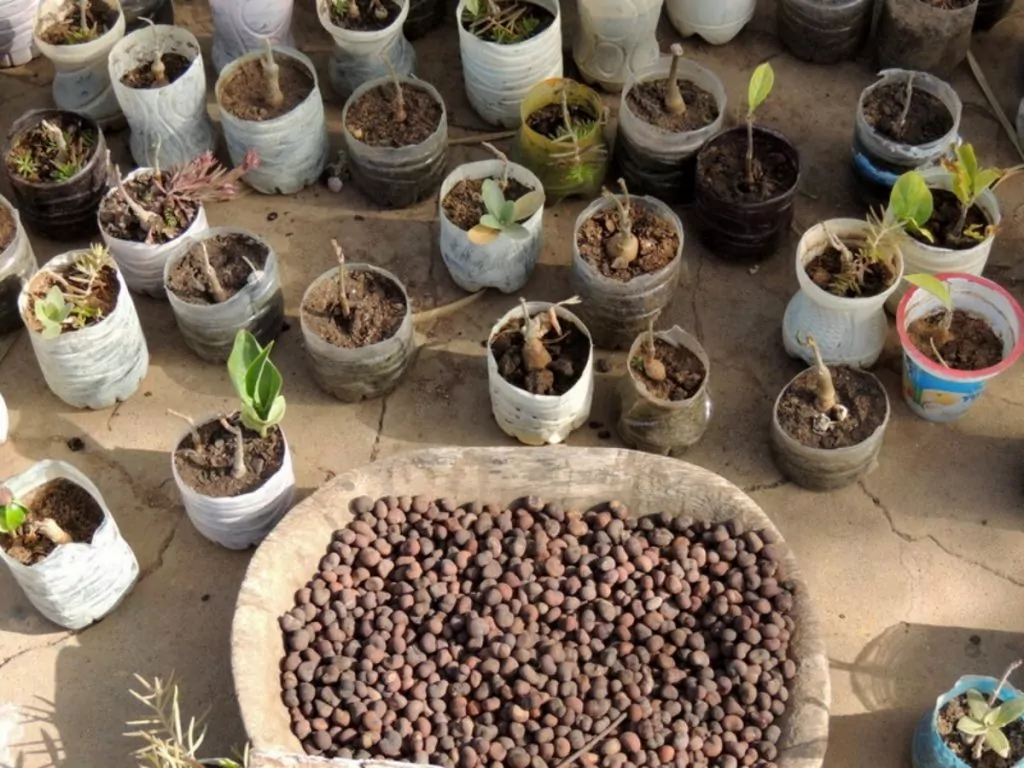
Baobab has an important role in people's lives and has been so since the beginning of time. When I put my hands on the trunk, I almost feel all the stories and myths.
Some tribal women have always laid their hands on baobab trees in the hope of becoming pregnant. The tree was promised the same name as the unborn child; if the promise was broken, the child would be stillborn.
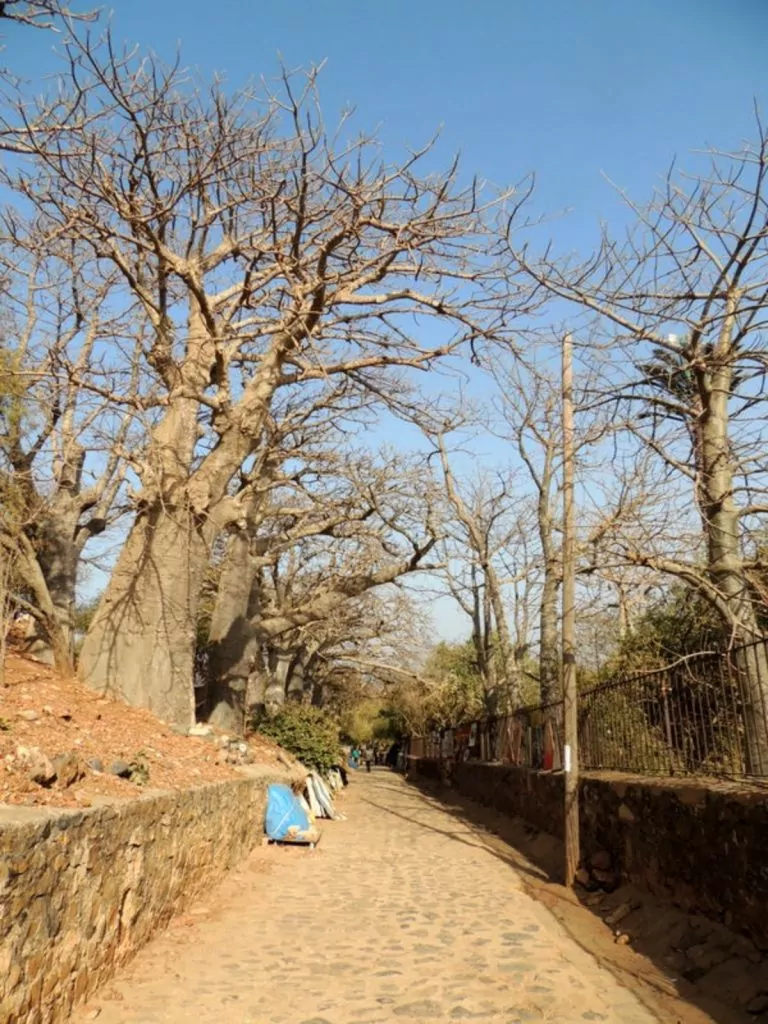
Throughout Africa, the trees have served as a gathering place and continue to do so today. Around the baobab, many important decisions have been made, stories told and songs sung. Sacrifices have been made to the trees for health and fertility and many baobabs have their own names. It is said that if a mother washes her newborn baby boy in water where leaves have been left to soak, the boy will be as vigorous as the tree.
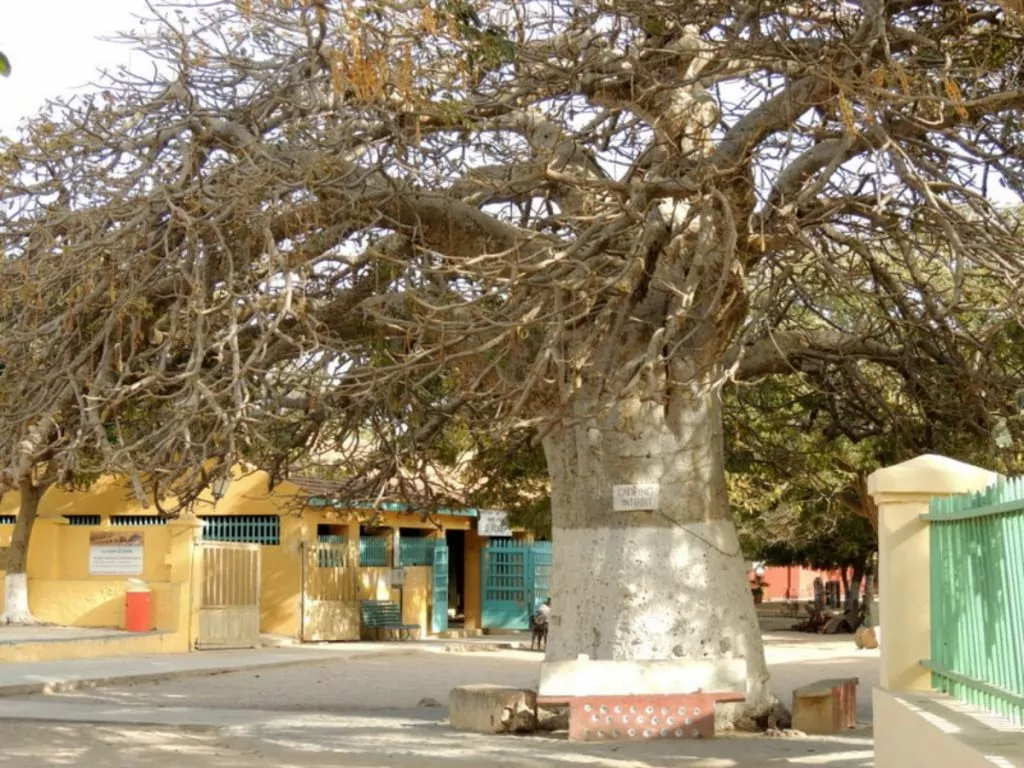
It feels very strange to crawl into a tree that has a cavity where many people can fit. The walls move, the bats fly in and out.
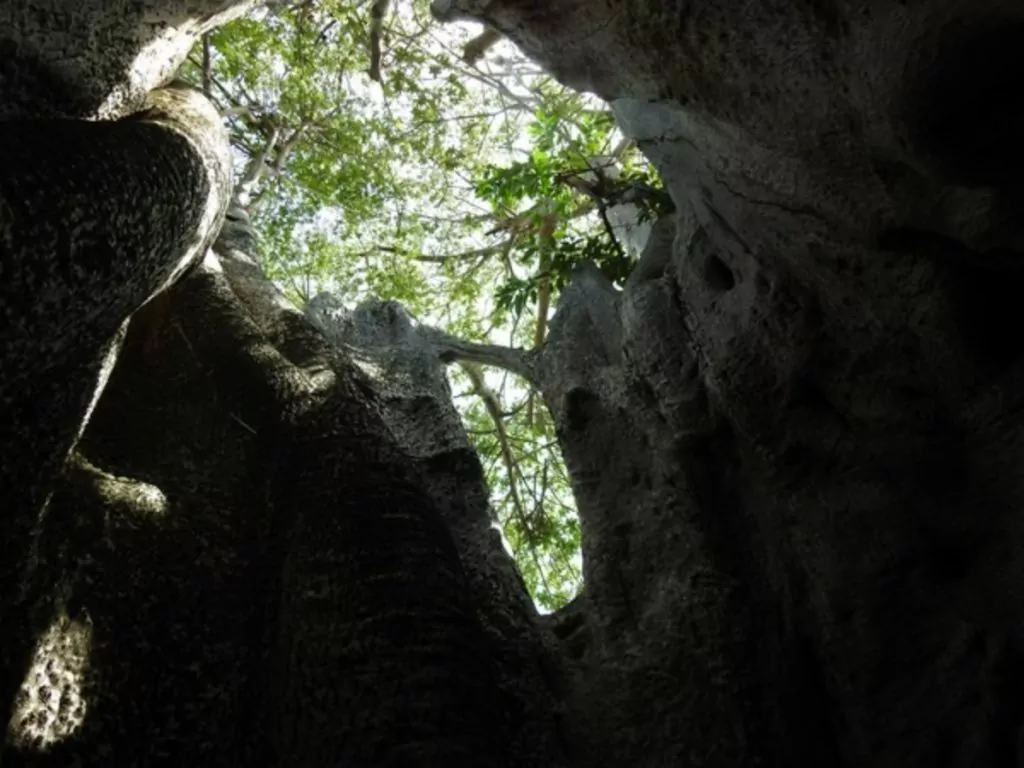
The fact that it is a magical place makes it all the more intriguing. The hollows of some baobab trunks have been used to bury magicians and important people. Other trunks have housed post offices, served as a prison or even a pub, although the latter was in Australia!
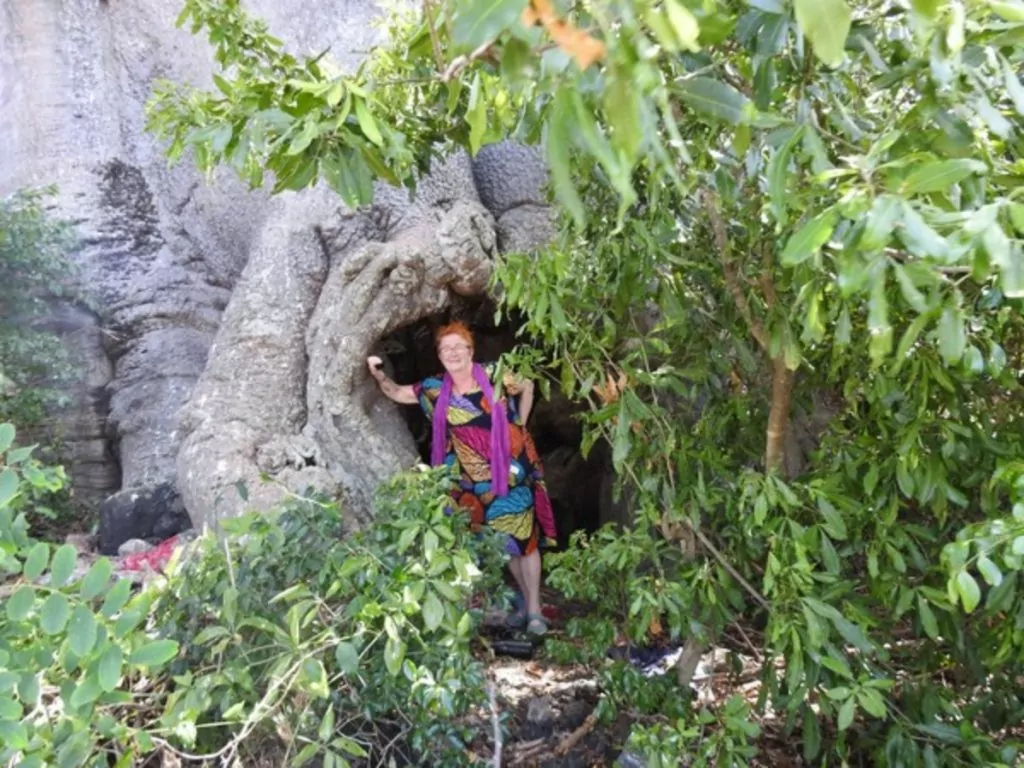
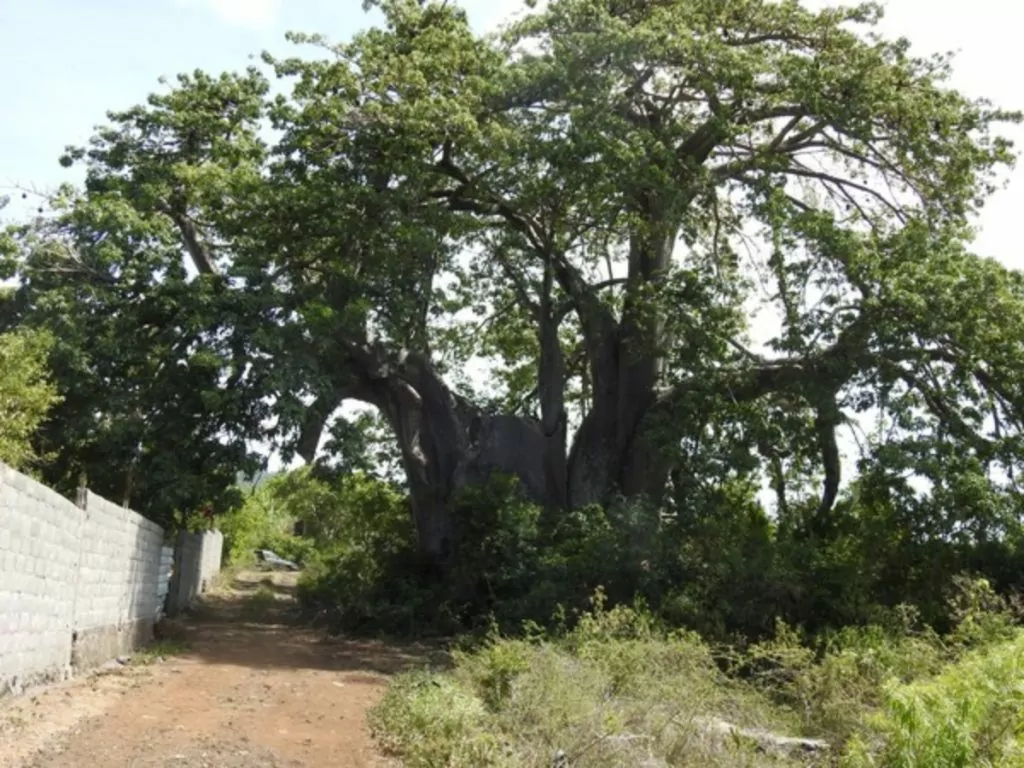
A legend tells of the baobab who fell in love with four marriageable girls, none of them wanted him and in his anger he devoured them all and they were left inside the trunk.
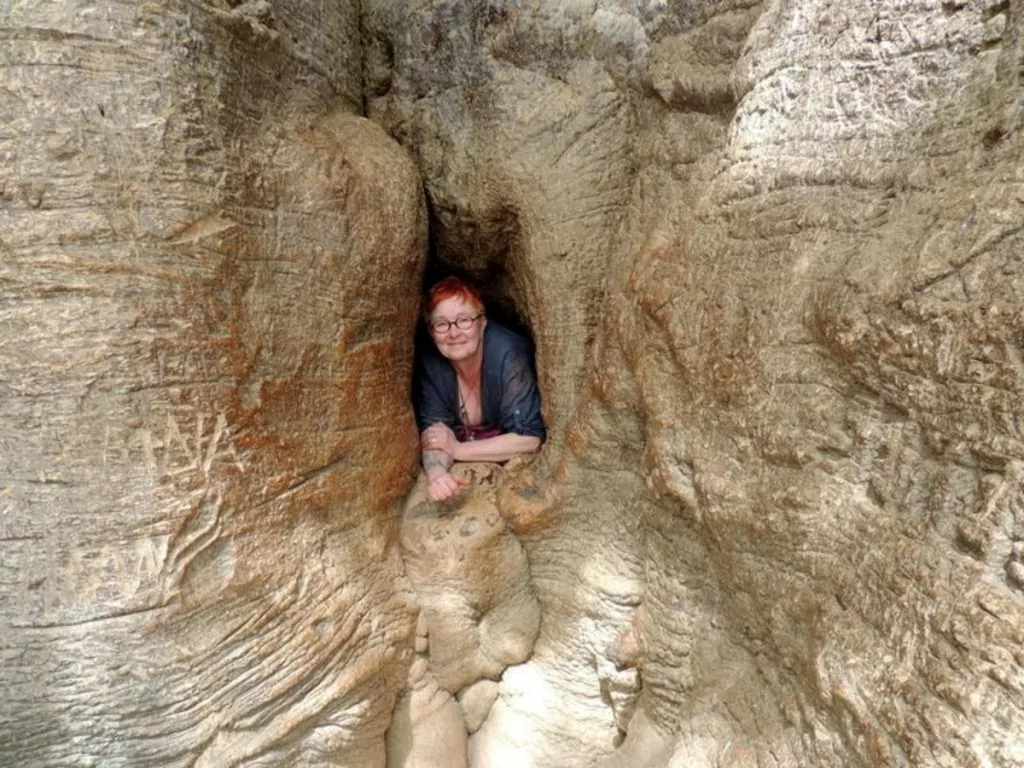
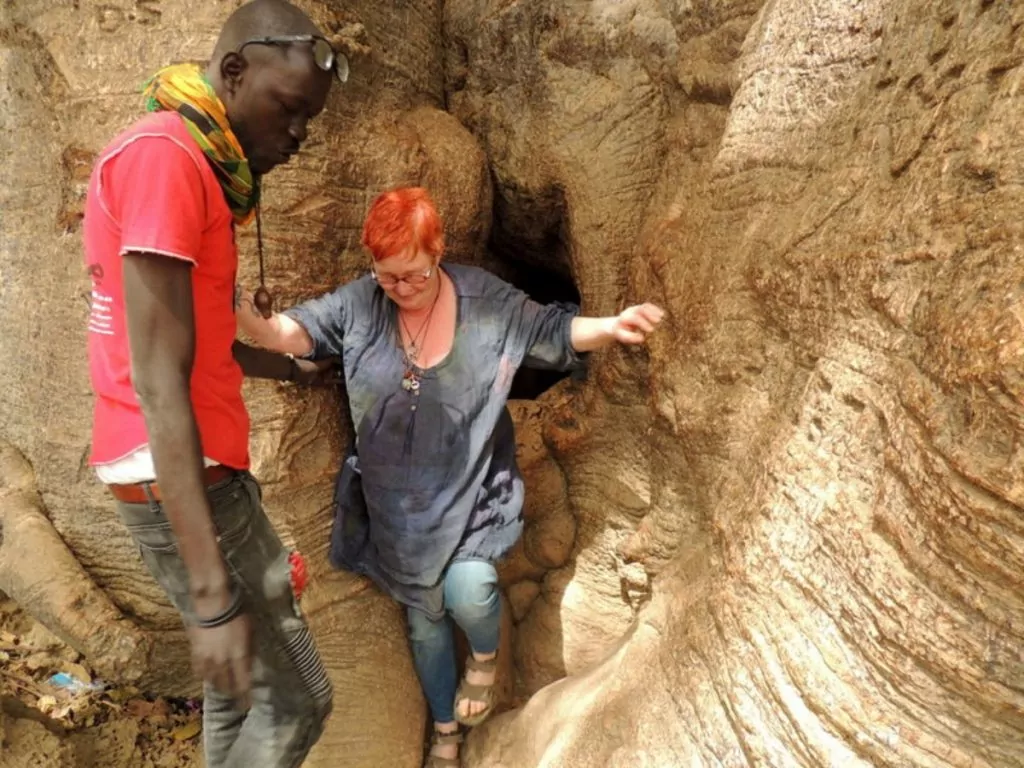


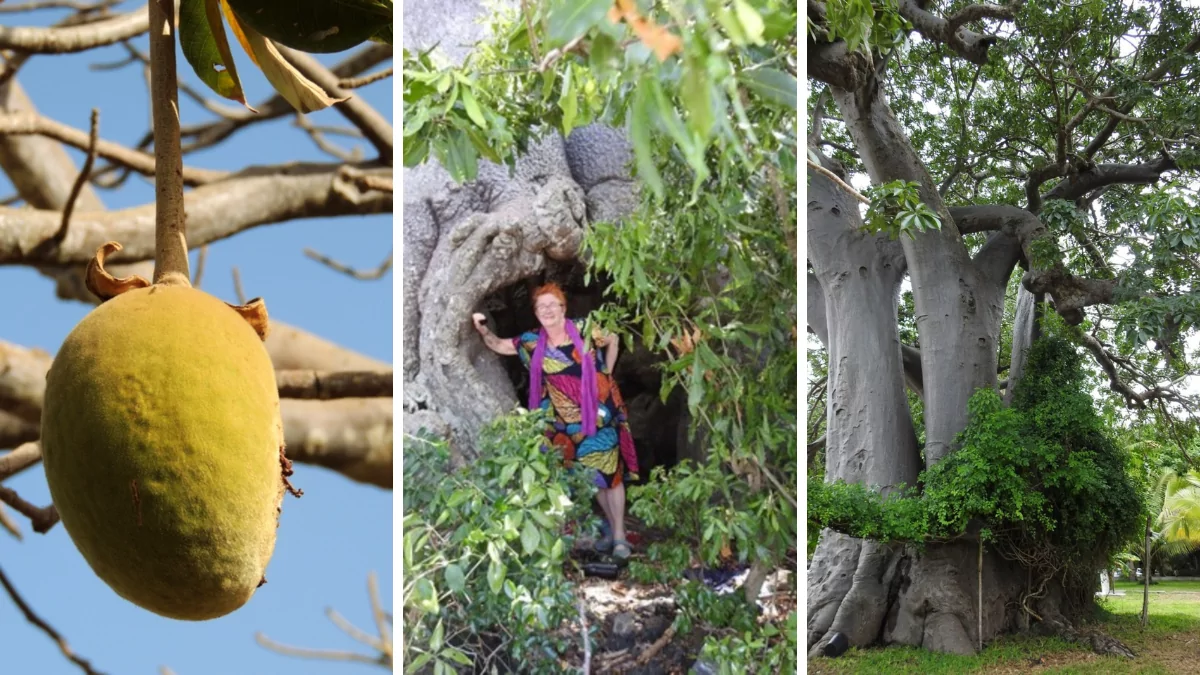



















BP says:
What a fascinating tree! Considering what it looks like and what you can do with all its parts, I understand that it is extremely mythical.
I didn't know that bats could pollinate. But I would not have wanted to be inside the tree with them. Or it would have been enough with just one;-)
28 November 2023 - 14:29
Anna Nilsson Spets says:
Hi, yes but bats do pollinate, quite a lot, they have a special nose that suits certain species well. It was cool to be inside the tree, it was moving... Take care.
28 November 2023 - 17:13
Lena - good for the soul says:
Those trees are so cool! So powerful! I had heard some of the things you say you can do with the parts before, but some were new. And one wonders how a pub becomes a pub if it's empty 🙂 🙂 🙂.
It's hard to realise how powerful they are until you stand next to one. My first (and only so far) close encounter was a couple of years ago on our safari trip in Tanzania.
Hug Lena
28 November 2023 - 15:23
Anna Nilsson Spets says:
Yes, they are cool, indeed, and a typo has crept in, it should be obvious,
28 November 2023 - 17:15
Helena says:
Aha, now I get it (a bit slow), it would be even like a pub, not even like an empty pub, hehe. I correct!
28 November 2023 - 17:26
Anna Nilsson Spets says:
Haha, yes, that's right, the pub will be full.
28 November 2023 - 18:09
Lena - good for the soul says:
Hahaha, now I got a good laugh in the morning. How funny and crazy it can be sometimes 🙂 ðŸ™'
30 November 2023 - 6:29